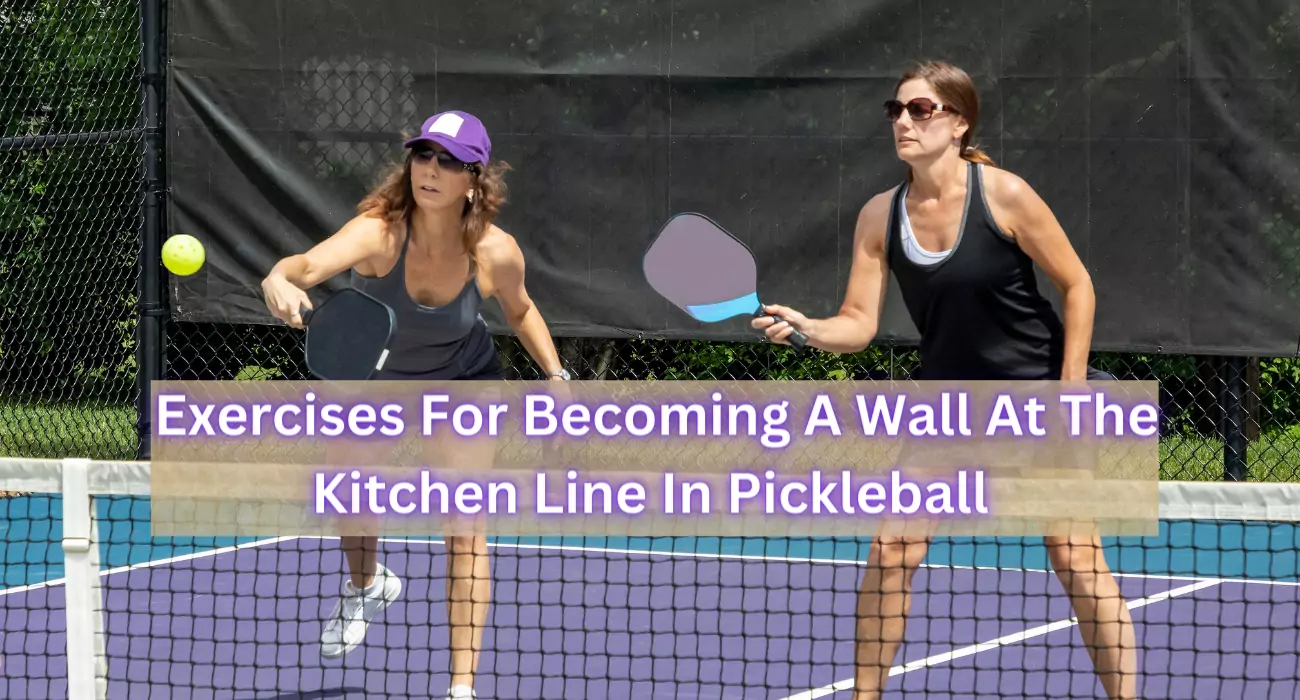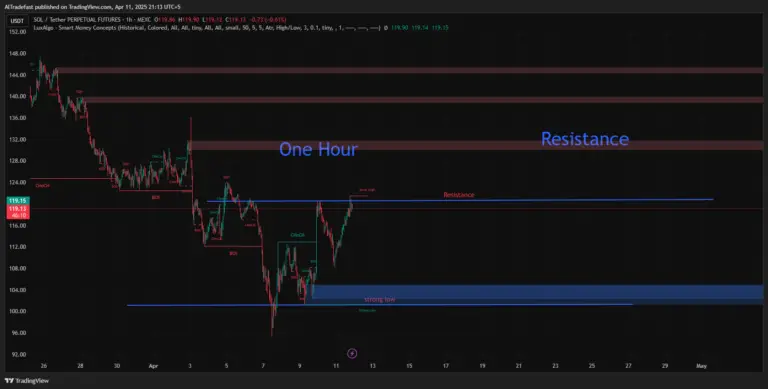Looking to improve your game in pickleball? Check out these 4 exercises to help you become a solid wall at the kitchen line.
Table of Contents
Exercises to Become a Solid Wall at the Kitchen Line
Reaching the kitchen line is just the first step. You need specific skills to control the game from this prime position to rule the court truly.
Many players struggle with their third and fourth shots after reaching the kitchen on the court, even with perfect posture. This can be frustrating for any player, but don’t worry! Here, we’ll break down essential aspects of kitchen line play and provide drills to boost your confidence and control.
By mastering these exercises, you’ll be well on your way to dominating the kitchen and elevating your overall game.
- Zimmer Biomet APP NYC Open 2025— Results & Recap
- New Jersey 5s Defeat Ranchers 3-1 to Conclude MLP Austin
- Pickleball Paddle Eraser: The Simple Tool to Keep Your Paddle Clean
- MLP Champions Dallas Flash Improve to 8-0 with Statement Win Over 5s
- Texas Ranchers Hand Orlando Squeeze Stunning 4-0 Defeat at MLP Austin
Slider Squats – Enhancing Range
Slider squats are a type of bodyweight squat that uses sliders, small discs made of fabric, or plastic that allow your feet to slide on the floor. This exercise variation challenges regular squats by increasing the range of motion and targeting different leg muscles.
Here’s how to perform a basic slider squat:
- Starting Position: Begin standing with your feet shoulder-width apart, one foot on a slider and the other on the floor. Engage your core and keep your chest tall.
- Slide and Squat: Take a wide step out to the side with the leg on the slider, allowing your foot to slide out as you lower yourself into a squat. Keep your back straight and core engaged throughout the movement.
- Depth: Aim to squat until your thighs are parallel to the ground, or as low as you can comfortably go with good form. Your knee on the sliding leg should track over your ankle, not cave inwards.
- Press Up: Push through your heel on the sliding foot and the ball of your foot on the planted leg to return to the starting position. Slide your feet back together as you stand up.
- Aim for 4-7 reps per side for three sets.
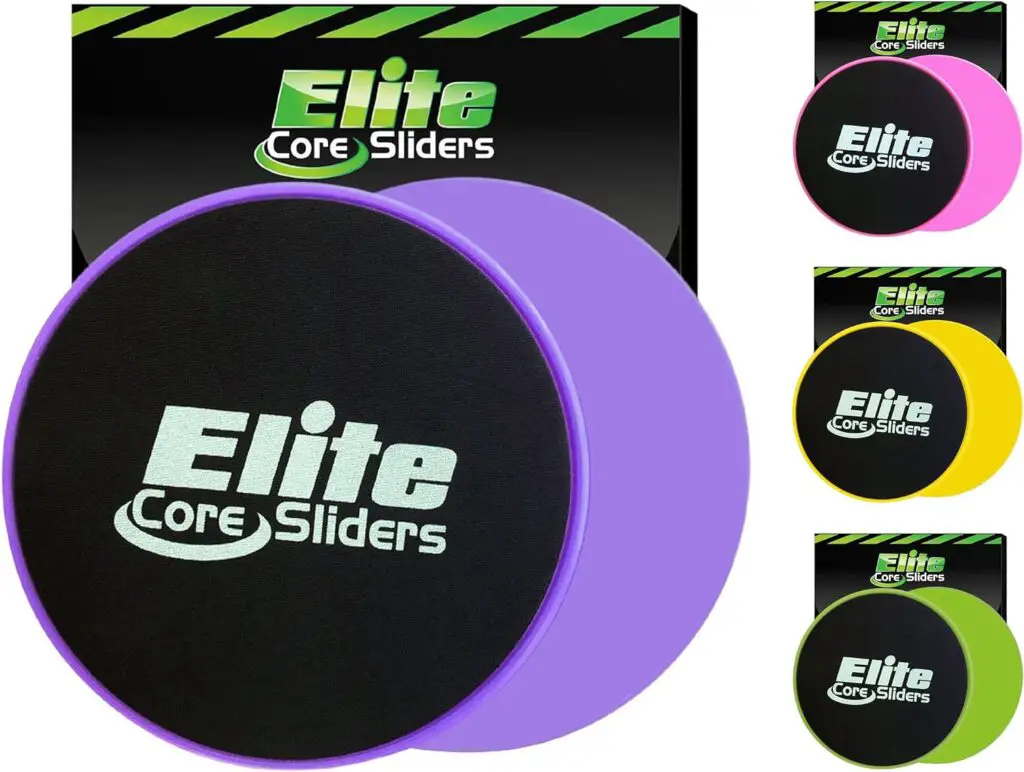
Single-Arm Deadlift – Developing Strength and Stability
Are you looking to smash your volleys with precision and power? Look no further than the single-arm deadlift! This versatile exercise isn’t just about building impressive biceps; it’s a secret weapon for dominating the net. Here’s why:
Strength & Stability:
- Core powerhouse: The single-arm deadlift engages your core like no other, creating a solid foundation for explosive volleys. Think of it as your internal corset, stabilizing your body for optimal shot power.
- Shoulder & arm dominance: Powerful volleys require strong shoulders and arms. This exercise strengthens both, allowing you to swing with more authority and control. Imagine effortlessly redirecting those tough shots your opponent throws your way!
Volley Boosters:
- Precision strikes: The single-arm deadlift improves your coordination and timing. Executing precise volleys will leave your opponent scrambling as they land precisely where intended.
- Reactive edge: Be the first to react to any shot! This exercise enhances your agility and responsiveness, making you a nightmare at the net.
Getting Started:
- Start light, prioritize form: Don’t be tempted by heavy weights. Focus on proper technique first to avoid injury and maximize benefits.
- No barbell? No problem: Dumbbells, water bottles, or even soup cans work fine. Get creative and unleash your inner volley champion!
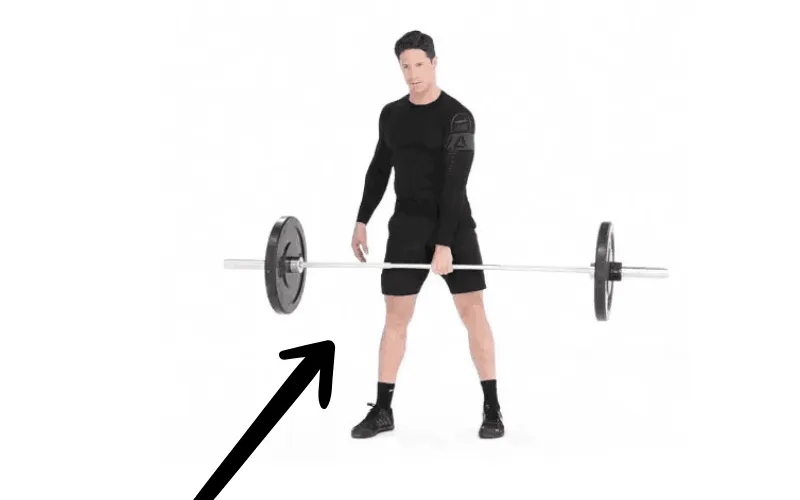
How to Do It:
- Stand with your feet shoulder-width apart and hold a barbell with one hand using an overhand grip. The barbell should be resting against your thighs.
- Bend your knees slightly and lower yourself into a squat position, keeping your back straight and core engaged.
- In one fluid motion, drive your legs and hips up to stand, using the momentum to lift the barbell to your shoulder using a bicep curl.
- Continue the motion by pressing the barbell overhead, extending your arm fully, and keeping your core tight.
- Slowly lower the barbell to your shoulder, then back down to your starting position.
- Repeat with the other arm.
- Aim for 5-8 reps per side for three sets.
Pickleball Glasses for Men & Women – Pickleball Eye Protection
Single-Arm Band Row – Accelerating Hand Speed
The single-arm band row is a unilateral exercise targeting the upper back and core, with potential benefits for developing faster hands in sports like baseball, tennis, or boxing. Here’s a brief overview:
Muscles Targeted:
- Lats: Primary Power, responsible for pulling the band and generating power.
- Rhomboids: Stabilize the shoulder blade and contribute to pulling motion.
- Traps: Assist with shoulder stability and upward rotation.
- Core: Bracing and maintaining proper posture throughout the movement.
Benefits for Faster Hands:
- Improved Upper Body Strength: A strong upper back translates to more force transmitted through the kinetic chain, ultimately reaching your hands.
- Enhanced Rotational Power: The single-arm aspect challenges core stability and rotational control, mimicking throwing or punching motions.
- Increased Coordination: Unilateral exercises promote independent limb control and timing, which is crucial for fast hand movements.
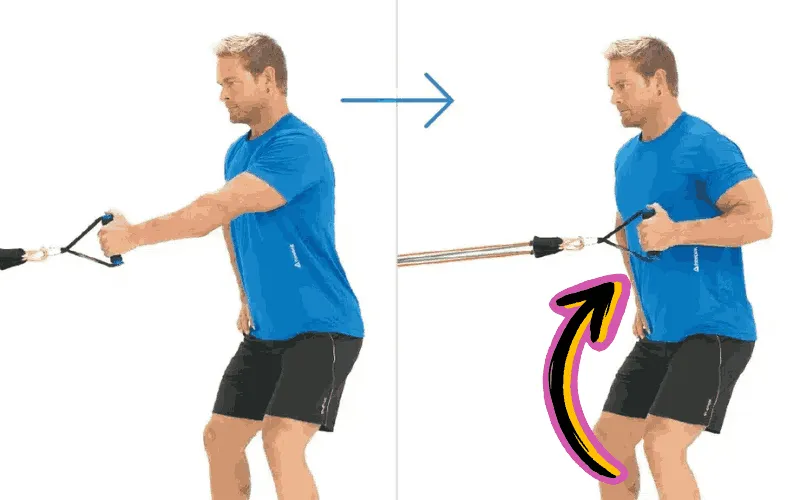
How to Do It:
- Anchor a resistance band to a secure point at about waist height.
- Stand with feet shoulder-width apart, core engaged, and one hand holding the band.
- Hinge at the hips, keeping your back straight and core tight.
- Row the band towards your chest, squeezing your shoulder blade back and down.
- Focus on driving your elbow back, not just bicep curls.
- Return the band under control to the starting position.
- Repeat for desired reps and then switch sides.
Rotational power exercises
You must generate power for volleys, dinks, and drives at the kitchen line. Rotational exercises target your core and upper body, helping you hit harder and with more spin. Following are a few Important exercises:
- Medicine ball throws: Stand with feet shoulder-width apart and hold a medicine ball at your chest. Rotate your core and throw the ball explosively forward, catching it at chest height and repeating.
- Cable wood chops: Set up a cable machine with a rope attachment. Stand sideways to the machine with your feet hip-width apart. Rotate your core and swing the rope down diagonally, simulating a chopping motion. Repeat on the other side.
- Russian twists: Sit on the floor with your knees bent and feet flat. Lean back slightly and rotate your torso side-to-side, bringing a medicine ball or weight to touch the ground on each side.
what are the benefits of Mastering the kitchen line in pickleball
Mastering the kitchen line in pickleball offers numerous benefits for offensive and defensive play. Here are some key advantages:
Offensive Play Benefit:
- Dictate the net: Controlling the non-volley zone allows you to pressure your opponents by forcing them to hit volleys or deep returns. As a result, it becomes harder for your opponents to manage the point, giving you more opportunities to attack.
- Force volleys: By strategically positioning yourself in the kitchen, you can block your opponent’s powerful drives and return them as soft dinks. Their weaker nature compared to groundstrokes puts them in a disadvantageous position, compelling them to handle the ball at the net.
- Create scoring opportunities: Dinking and attacking from the kitchen line are highly effective ways to score points. The proximity to the net allows for sharp angles and powerful shots that are difficult to return.
- Force errors: You can force your opponents into making mistakes by returning deep serves and drives from the kitchen. They may try to hit through you, resulting in unforced errors, or attempt lobs, which you can easily intercept.
- Dictate the game’s pace: By controlling the net and forcing volleys, you can dictate the game’s pace, making it faster and more aggressive, which can be advantageous for players with strong hand-eye coordination and quick reflexes.
Defensive Play Benefit:
- Block powerful drives: Standing close to the net allows you to react quickly and block hard-hit drives before they can reach the baseline. Turning defense into offense sets you up for counterattacks.
- Defuse dinks and soft shots: Your proximity to the net gives you a better chance of reaching dinks and soft shots before they bounce twice. You are preventing your opponents from gaining control of the point and building momentum.
- Force your opponents to change their strategy: By effectively defending the kitchen, you force them to adjust their tactics and avoid hitting directly at you, disrupting their rhythm and making them more predictable.
Overall Play Benefit:
- Improves court coverage: Mastering the kitchen line allows you to cover more of the court efficiently, making it harder for your opponents to find open space.
- Enhances your game awareness: Being active in the kitchen zone requires good anticipation and understanding of the ball’s position and your opponent’s movements.
- Increases your confidence: Successfully controlling the kitchen line can boost your confidence and make you feel more in control of the game.
Remember, mastering the kitchen line takes practice and patience. Footwork, positioning, and shot selection are all crucial elements. Don’t be discouraged if you don’t see immediate results; keep practicing and refining your skills, and you’ll soon reap the rewards of this powerful strategic zone.
Conclusion
Mastering the kitchen line isn’t just about strength and speed; it’s about precision, strategic thinking, and unwavering focus. By incorporating these exercises into your practice routine, you’ll develop the skills and confidence needed to become a formidable presence at the net, dictating the pace of the game and leaving your opponents scrambling. So lace up your shoes, hit the court, and start mastering pickleball at the kitchen line.
